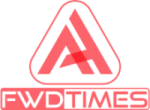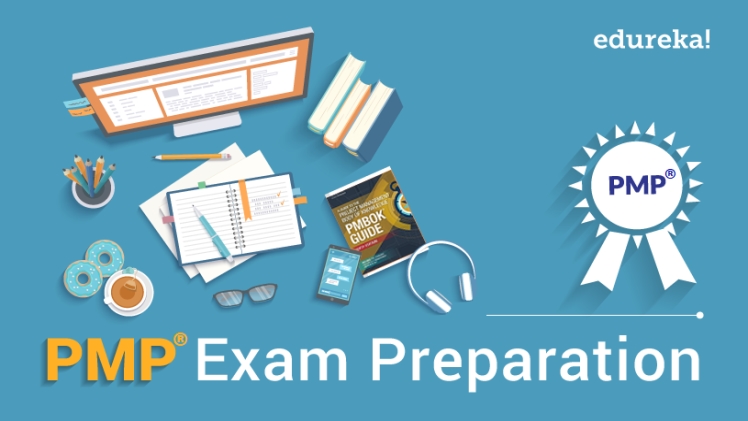Here are some ways to read and do exercises. I hope all candidates will have a more efficient way to prepare for the PMP Exam.
-
Exam Format:
There are 200 single choice questions in the exam, and the pass mark is 131. The correct rate is 65.5%. The difficulty distribution of the examination questions: difficult 10%, medium 20%, easy 70%. Please refer to the examination syllabus for the proportion of specific chapters. The official test preparation textbook is A Guide to the Project Management Body of Knowledge (PMBOK Guide).
-
PMBOK
PMBOK is particularly important, and almost every page of the book has a test point, which requires careful reading and understanding. PMP certification examination direction: first, the theoretical knowledge of project management knowledge system, the examination is relatively comprehensive. Secondly, simulate the environment of the project and analyze various situations. The first point of the examination direction depends on the candidates’ proficiency in the knowledge system of PMBOK. If you have a goof command of the book, you can get high marks. The second point of the examination direction must be through the understanding, digestion and absorption of knowledge points.
It can be said that the key point of PMP Training in Basel test is that there is no key point, and all knowledge points are likely to be tested. Because the questions of the test paper are extracted from the PMI large question bank, it is not advisable to postpone and recite the questions. Only by understanding each test point can we cope with changes with invariance. There is no other shortcut.
-
Learning tips
When watching PMBOK, you can use some learning tips, such as: you can find some small stickers to mark different chapters, so as to improve the speed of reading. Or with different color pen, mark different knowledge points, strengthen memory.
-
Study materials
PMBOK and the tutorial book provided by SPOTO are read correspondingly. PMBOK is a theoretical knowledge base, and the guidance book is the corresponding PMBOK in the knowledge points for intensive lectures, which points out the specific test points. PMBOK and guidance book, corresponding to see, you can have the best learning effect.
-
PMP practice questions
Reading and doing questions are together, not only reading, but also finishing exercises. Whether it’s homework or tutoring book, all the questions need to correspond with the test site. Reading and doing exercises must complement each other. Through the right and wrong questions to test the reading effect, adjust the reading method, and know the book to see what degree to do the right questions. That is to say, we should find the root of the wrong, and we should know why the right is right.
-
Group learning
The power of the group. Learn from each other and test each other. The suggestions are that the group should be from the same region or department, which is convenient for communication.
-
Brainstorming
Establish a high-performance review team based on the group. The strength of the team can’t be underestimated. When you feel lonely or bored, other team members will influence you, encourage you and gain strength! Take part in group activities. Discussions and quarrels will make you more impressed. Brainstorming will make you more open-minded. You will find that this topic has been discussed before in the exam. Encounter the problem that cannot understand, a word of others may let you wake up suddenly! In addition, the discussion is often off-topic, which can lead to more ideological agitation. Successful group learning brings a 100% passing rate.
-
Learning test points
Do a certain number of high-quality questions. The problem lies in the essence, not in the quantity. Chinese people have a strong ability to take the exam, and doing simulation questions is the best way to cultivate this ability. If you want to pass the PMP certificate at one time, you need to do a certain amount of questions according to the teacher’s arrangement, but not the more the better. Instead, you need to practice the test points. When you practice all the test points, you will have a sense of questions (skills and angles). Once you see a question, you will know which test point to take, and you will become a teacher. These questions and test points need to be thoroughly understood, and can draw inferences from one instance! Because it’s very risky to meet the original question in the prayer exam.
-
Way of
thinking
Give up the inherent thinking. Everything starts from scratch. In our daily work, most of the projects we are exposed to are different from the project environment that PMI in the United States wants. In addition, the project maturity and environment of the enterprise where the students are located are different, the size and complexity of the project are different, and the individual operation projects also have different manipulation habits and practices. Therefore, to learn PMI standard project management knowledge, we must give up the inherent thinking mode and project environment of the individual. For example: by default, your company is a project type enterprise (and most of them are hybrid); assuming that your company attaches great importance to project management, it is very mature and perfect; assuming that your customers are reasonable and easy to accept reasonable suggestions; assuming that your functional manager is an open-minded, overall and considerate leader Give up the real project environment you are familiar with; accept the project hypothesis given by PMBOK in all aspects; think with the project management concept in PMBOK; summarize the thinking mode of examination from continuous practice.
-
Treat the exam as a project
PMP preparation is a project, and you need to make a detailed preparation plan for yourself. Daily effective reading time should be 1-2 hours. Step by step, the whole preparation process, at least 200 hours of effective reading time.
The above are the tips for reading and doing questions in PMP exam preparation. If you have any questions, please communicate with us.

